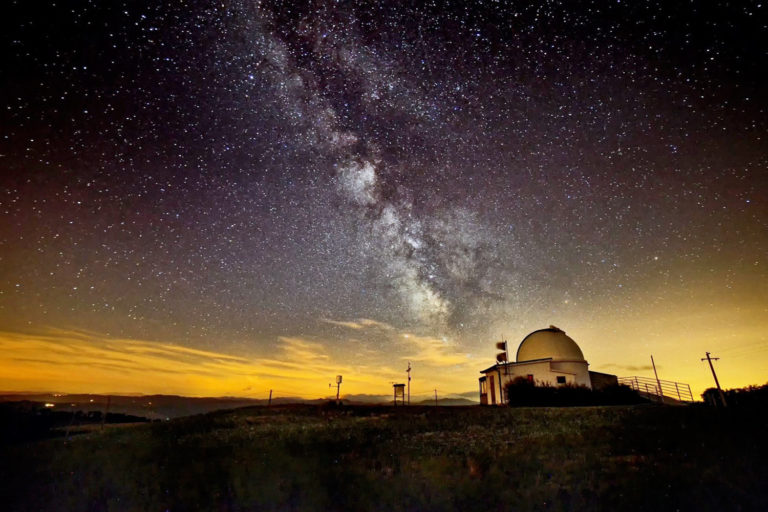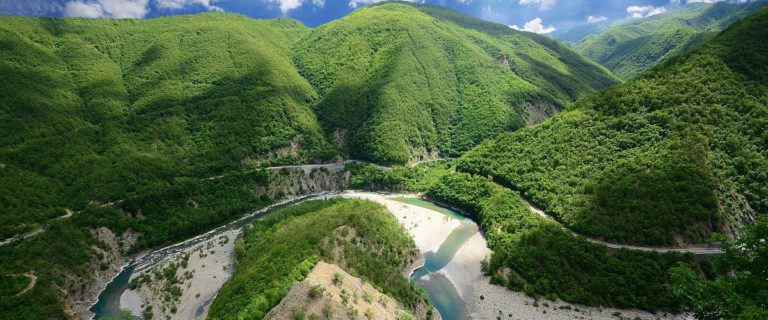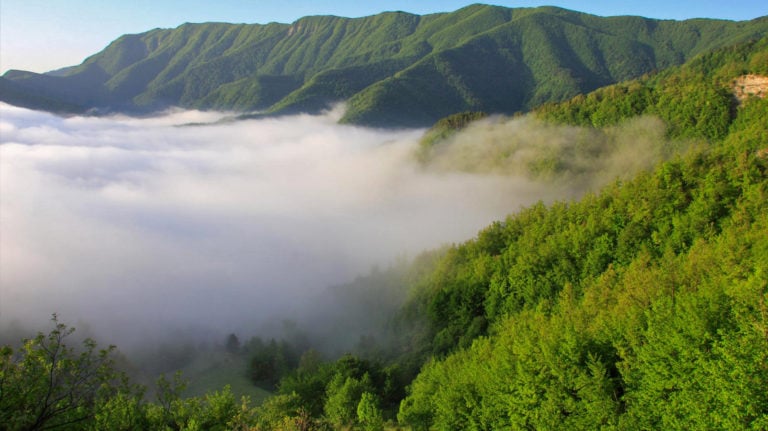As soon as you arrive, you will be enveloped by a sense of peace and well-being, and a natural curiosity about the great unknown will evoke the eternal existential questions posed by Greek philosophy: who are we and where do we come from?
Under a summer sky filled with stars, it’s impossible not to become a hopeless romantic or an entranced dreamer. A clear night, a deep darkness, a lawn to lie on, and perhaps someone you like by your side—that’s all you need.
As soon as you arrive, you will be filled with a sense of peace and well-being, and an instinctive curiosity about the great unknown will recall the eternal existential questions that Greek philosophy posed: who are we and where do we come from?
Stargazing, especially on summer nights, is an incredible experience that I’m sure everyone has enjoyed at least once in their lifetime. The Moon, the planets, the nebulae, and the galaxies… many people engage in what is known as astronomical tourism.
They seek out the most beautiful places in the world to observe the sky, particularly during special astronomical events such as solar or lunar eclipses or meteor showers.
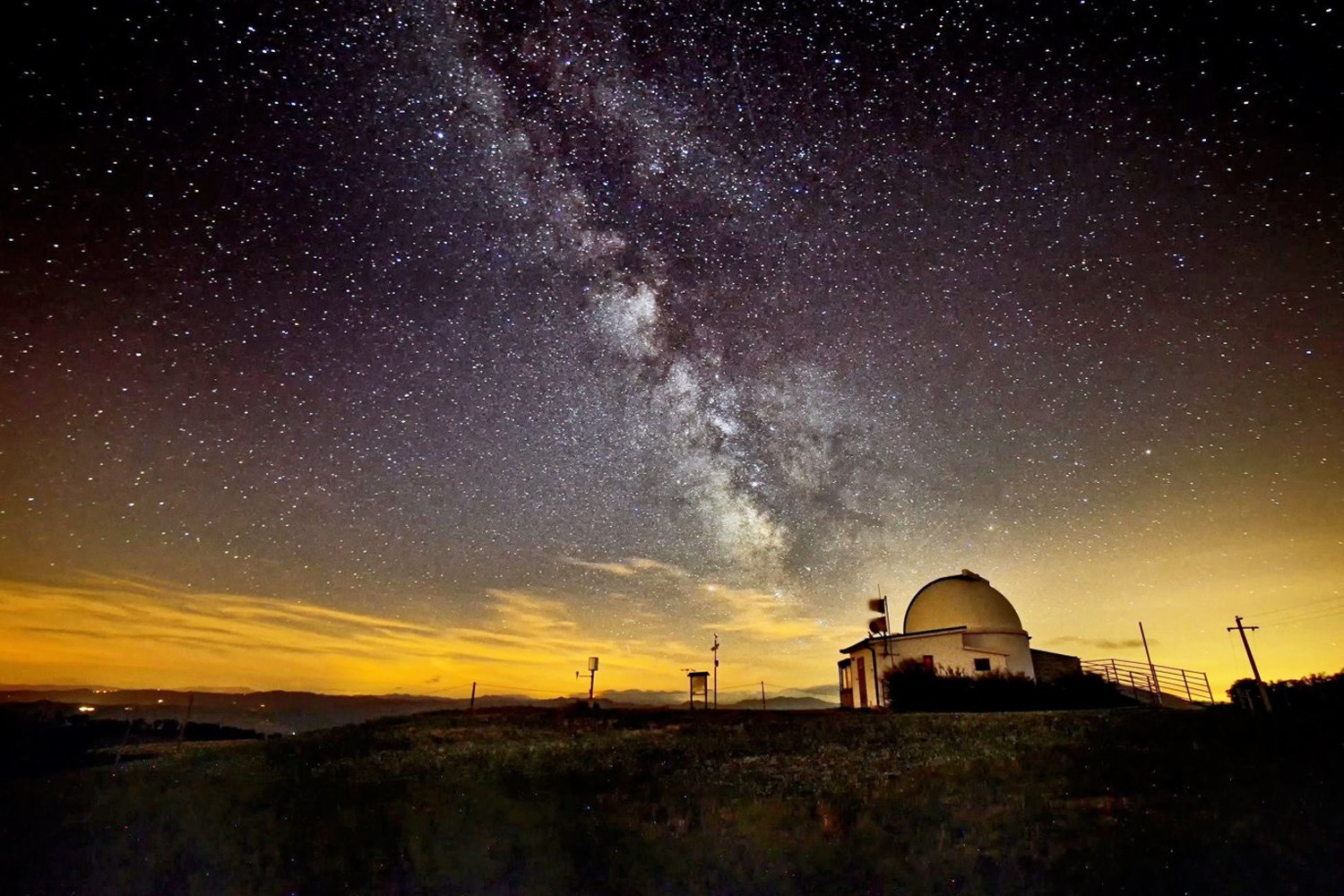
Emilia-Romagna boasts many secluded places where the starry sky surrounds you completely. The Apennine range is one of the best: there are many spots far from city lights where you can gaze into infinity.
The Croce Arcana Pass, for instance, in the province of Modena, is known as a prime location for observing the sky and spotting famous shooting stars. Monte Cimone, the highest mountain in Emilia-Romagna (2165 m), and the parks in the Hermitage Madonna del Faggio on Monte Carpegna, in the heart of the Sasso Simone and Simoncello Natural Park, are equally renowned.
The most important thing is to minimize light pollution. For this, the Light Pollution Map can be a useful tool: it’s updated and mobile-friendly, showing in a simple and immediate way the darkest places on Earth where the sky is free from light pollution.
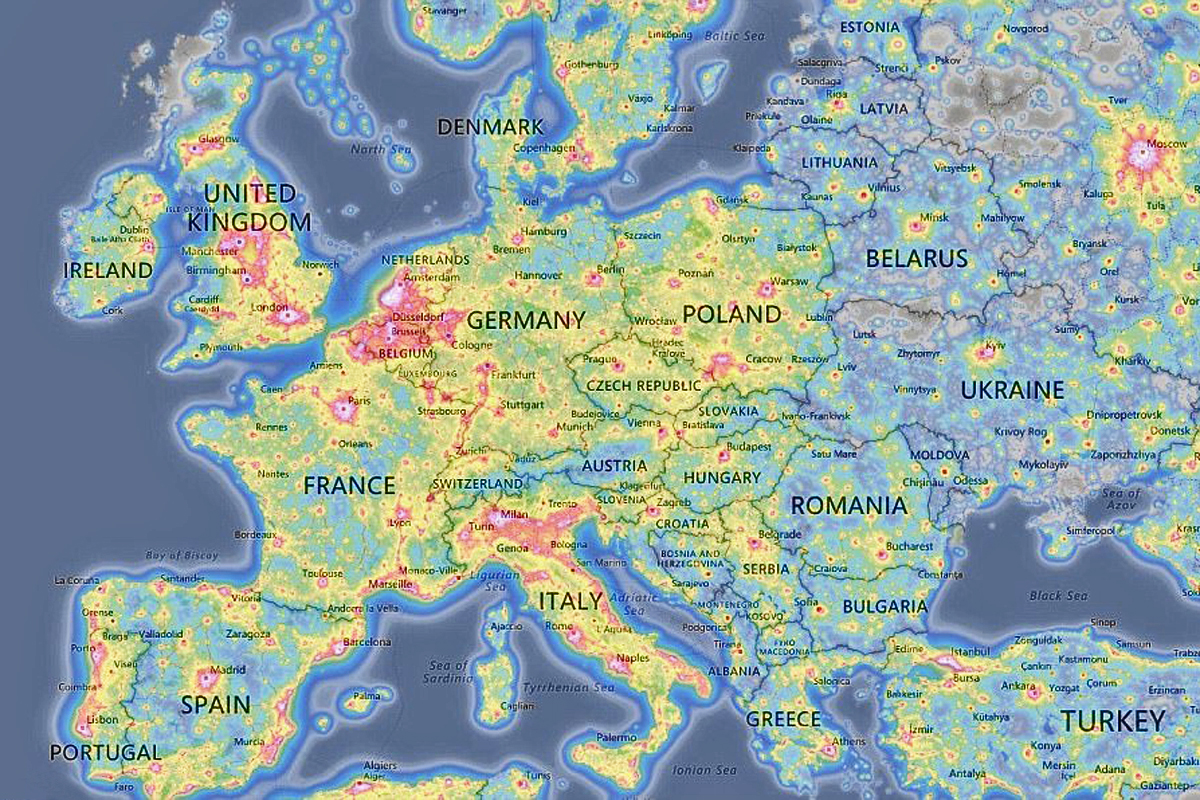
Looking at this map, you’ll see that in Emilia-Romagna, the area between Borgo Val di Taro and Bardi is one of the best in Northern Italy for stargazing quality.
Besides these observations, the region has many astronomical observatories to study the stars and understand them better. These scientific sites are open to everyone, offering the extraordinary experience of using a telescope and listening to experts talk about the latest discoveries in the universe.
And finally, here is a list of the most well-known and visited planetariums and observatories in Emilia-Romagna.
Barnard Astronomical Observatory (Neviano degli Arduini, PR)
Dedicated to Barnard’s Star, the second closest star to the Sun, the Barnard Observatory welcomes visitors to the hills of Neviano degli Arduini, just a few kilometres from Parma.
Here, you can participate in evening observations of the celestial vault or point the telescope at the Sun to uncover all its secrets.
Lazzaro Spallanzani Astronomical Observatory (Scandiano, RE)
Nestled in the lowlands of the Reggio area, the Lazzaro Spallanzani Astronomical Observatory is situated on a panoramic 3,000 sqm site, making it ideal for both amateur observation and astronomical education.
Padre Angelo Secchi Astronomical Observatory (Castelnovo di Sotto, RE)
Founded in 1972, the Public Astronomical Observatory “Padre Angelo Secchi” is situated on a 120-square-meter site at the edge of Castelnovo di Sotto (RE).
It includes a conference room, a darkroom, and a dome fitted with amateur astronomical equipment. Managed by the Reggio Emilia Astronomy Association (A.R.A.), the observatory offers educational programs and outreach activities for the public and schools, and also conducts scientific research in solar physics and meteorology.
Fonti di Santa Lucia Astronomical Observatory (Cervarezza Terme, RE)
A perfect spot for astronomical observation, the Fonti di Santa Lucia di Cervarezza Terme observatory is situated at an altitude of over 1,000 meters in the Reggio Emilia Apennines. The area boasts clean air, no light pollution, and numerous dark nights throughout the year.
The observatory attracts astronomy enthusiasts of all ages and students, as well as many hikers who traverse the surrounding Tuscan-Emilian Apennine National Park.
Pierino Zambonini Astronomical Observatory (Villa Minozzo, RE)
The ‘Pierino Zambonini’ astronomical observatory watches over the sky from its perch high in the Reggio Emilia Apennines, at an altitude of 1,100 meters above sea level. To reach it, head to the foot of Mount Cusna in Febbio.
The facility is dedicated to education and research, and it also organizes evenings for observing and photographing celestial objects, especially in the summer.
Geminiano Montanari Astronomical Observatory (Cavezzo, MO)
This small municipal observatory in the Modena countryside, established between 1977 and 1978 thanks to the volunteers and members of Associazione Montanari, is located at just 18 meters above sea level. It organizes numerous educational and scientific activities, particularly on Fridays when it is open to everyone
Museo del Cielo e della Terra (San Giovanni in Persiceto, BO)
This area is entirely dedicated to astronomy, featuring a planetarium and a museum that houses Italy’s most important meteorite collection, with over 400 samples!
The Museo del Cielo e Della Terra in San Giovanni in Persiceto offers the opportunity to experience real sky observation shows, thanks to the nearby Giorgio Albetti Astronomical Observatory.
Felsina Astronomical Observatory (Monte San Pietro, BO)
Located at an altitude of 651 meters in Ca’ Antinori, between Medelana and Monte Pastore, the “Felsina” astronomical observatory is situated in a tranquil area within the forests of the central Apennines near Bologna.
Managed by the Bologna Amateur Astronomers Association, it provides opportunities for both scientific and amateur visual and photographic observations.
Astronomical Park of Loiano (Loiano, BO)
Located 37 km from Bologna, at an altitude of 800 meters in the Tuscan-Emilian Apennines, the Astronomical Station of Loiano is the perfect place for stargazing.
With two domes and a large telescope (its 150 cm aperture makes it the second largest telescope in Italy after the one on Cima Ekar in Asiago), it beckons both the curious and enthusiasts to explore the infinite cosmos.
Alfio Betti Astronomical Observatory (Imola, BO)
Located strategically in the hills of Imola, the Alfio Betti Astronomical Observatory sits approximately 250 meters above sea level.
Managed by the Imola Astrophiliac Association, the facility is dedicated to promoting science through events that explore the night sky, catering to both locals and schoolchildren. Additionally, the observatory features an exhibition room showcasing various sundials.
Paolo Natali Astronomical Observatory (Ostellato, FE)
Located in the Vallette di Ostellato nature oasis, within the Po Delta Park, the Paolo Natali’ social astronomical observatory is operated by the Gruppo Astrofili Columbia.
Shielded from light pollution, visitors can observe stars, planets, the moon, and other celestial objects like star clusters and nebulae during evening observation sessions.
P. Burgatti Astronomical Observatory (Cento, FE)
For those who enjoy gazing upwards and losing themselves in the starry sky, the P. Burgatti’ astronomical observatory in Cento offers themed and educational evenings organized by the Centesi Astrophiles Association.
These events are free of charge and take place every first and last Friday of the month, as well as on special evenings.
Montemaggiore Astronomical Observatory (Predappio, FC)
The location, naturally, has not been chosen randomly: situated at an altitude of 400 meters, the Astronomical Observatory of Montemaggiore occupies an advantageous position for celestial observations, far from mist, fog, and light pollution.
Located just 7 kilometers from Predappio Alta, its facility with a retractable roof enables convenient observation of the night sky from the cozy interior of the observatory.
Don Dino Molesi Astronomical Observatory (Bastia, RA)
Managed by the Associazione Ravennate Astrofili Rheyta, the Don Dino Molesi Observatory in Ravenna was founded in the 1990s and has been conducting international-level research ever since.
It has notably discovered two extragalactic supernovae using its telescopes. Additionally, the observatory organizes observation nights for those interested in exploring the field of astronomy.
Urania Lamonia Astronomical Observatory (Faenza, RA)
The telescope that scans the skies of Faenza is named Urania Lamonia and is operated by the Gruppo Astrofili Faentino.
It was here that in 2014 a new supernova star was discovered, later named ‘sn2014bg’. The observatory is open to the public, offering free observations every second Thursday of the month using both the naked eye and binoculars and telescopes.
Monteromano Astronomical Observatory (Brisighella, RA)
In the municipality of Brisighella, at 765 meters above sea level, the Monteromano Astronomical Observatory is the perfect place for stargazing, far from the light pollution of the Romagna countryside.
The large white dome, 5 meters in diameter, provides a panoramic view and an amazing perspective of the entire celestial vault.
Niccolò Copernico Astronomical Observatory (Saludecio, RN)
Built in 1977 by repurposing an old ruin of the Church of Rimini, the ‘Niccolò Copernico’ Astronomical Observatory has been studying the sky and its stars for more than 40 years.
In order to participate in its activities, you must be a member of the ‘Gruppo Astrofili N. Copernico’ (N. Copernico Astronomy Group). The membership allows you to participate in various events such as courses, sky observations and public lectures on specific astronomical phenomena.
The list of astronomical observatories in Emilia-Romagna also includes the STAR – Righetti Astronomical Station in Granarolo (Bologna), the Bellatrix Observatory in Collecchio (Parma) and the Giovanni Roccati Astronomical Observatory (Lugo, Ravenna).
Author

Davide Marino
Davide Marino was born archaeologist but ended up doing other things. Rational – but not methodic, slow – but passionate. A young enthusiast with grey hair
You may also like
Dimmi di che segno sei e ti dirò dove andare a guardare le stelle
by Alessandra Pradelli /// August 4, 2023
Breathtaking landscapes in Emilia… and where to find them
by Davide Marino /// July 9, 2019
Breathtaking landscapes in Romagna… and where to find them
by Davide Marino /// August 6, 2018

Interested in our newsletter?
Every first of the month, an email (in Italian) with selected contents and upcoming events.
